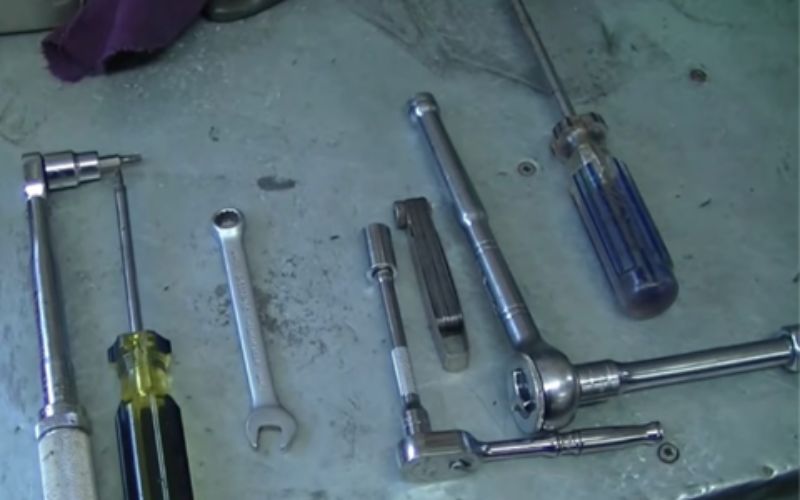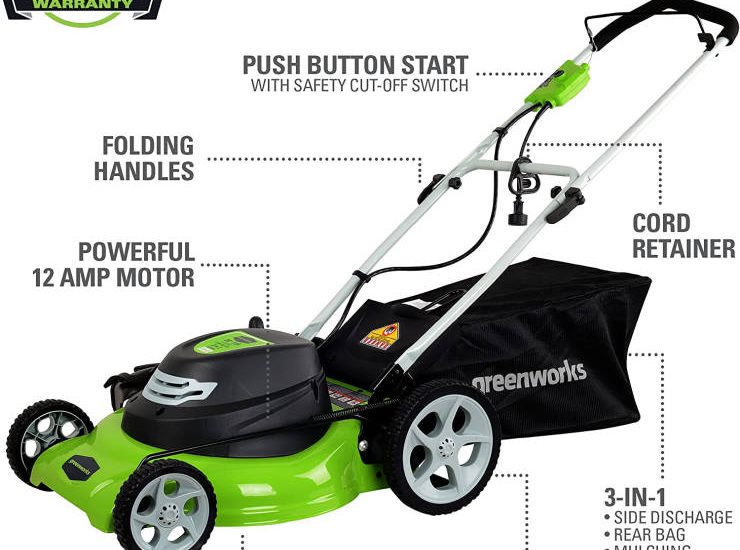How To Fix John Deere Fuel Shut Off Solenoid Problems?
John Deere has some unexpected problems. Depending on their condition and usage of time length, these can sometimes be predicted. As a result, those who are users profit from paying attention to this article.
There appear to be some issues, such as electrical problems, mower issues, gas filter drainage, operator training challenges, starting difficulties, and so on. If people are informed of the issues ahead of time, they will be able to handle the problem more readily than if they are unaware.
However, the focus of this article will be on the fuel shutoff solenoid issues. So, are you all set for the quick fix? Let’s get started with the description.
What is a Fuel Shutoff Solenoid?
A fuel shutoff solenoid is an electrically charged driven valve that is used to cut off an engine’s fuel supply remotely. A valve body with an incorporated solenoid assembly attached to the valve stem is typical of a solenoid.
It prevents your engine from backfiring often, the reason why it is also called an anti-backfire device. Moreover, if you have a leaky needle jet, it will prevent your engine from flooding.
When the solenoid is activated, the spring-loaded valve poppet is pulled from its seat, allowing fuel to travel through the valve.
The valve spring pulls the petal back onto its seat when the solenoid is disabled, essentially cutting off the fuel flow.
The shutoff solenoid can indeed be engaged manually or as part of an engine management system.
Fuel Shut-off Solenoid Problems on a John Deere:
When the tractor’s switch is turned to run or start, one engages the FSS, pulling it backward; this works properly.
The other is that when you go running mode, you need to take a stick and press it backward until it engages and JD starts. That’s when you’ll need to discover that your fuel shut-off solenoid is faulty and has to be replaced.
It’s important to note that over time, fuel shutoff solenoids lose their two-way function and are no longer “snap-open” when the key is turned on. It’s only a matter of time before the solenoid needs to be replaced. After 20 years and a lot of cycling, it’s not uncommon.
The good news is that if the old model gasoline shut-off solenoids fail, you may manually operate them to keep the machine running.
The solenoids in current machine models are encased, and manually manipulating them is difficult or impossible in many circumstances, so you have no alternative but to replace them.
The replacement for your tractor will look identical to the unit that is now installed, allowing you to manually use the shut-off switch if necessary.
What to Do with Fuel Shutoff Solenoid when it fails to start?
Fuel shut-off solenoid might fail in two ways:
- If the solenoid fails to open, you won’t be able to get any fuel into the engine, and it won’t start.
- If the solenoid fails open, the fuel will not be cut off because the solenoid will not close. If the engine is going, it will continue to operate.
Description to fix the fuel shutoff solenoid when it fails to work:
To get out of the issues with your solenoid and make that work, you need to make sure that the O-ring is from the original solenoid.
It is because you may have issues with your O-ring that does not let the plunger engage fully to shut the fuel off.
There should be one O-ring right there on the brass piece and no other 0-rings in there or on the plunger.
However, when you have your solenoid, spring, and plunger together with O-ring, you should gently feed in the main point and screw it properly.
You then need to put the wires on the stud and get the nut from the point which was used to install the solenoid. That is how you can get off your solenoid issue.
Ways to Test the Fuel Shutoff Solenoid?
You must know the following information to test your fuel shutdown solenoid, which you cannot avoid:
- To test your fuel shutoff solenoid, you have to notice if it has one prong on the end, where you will have to hook a positive to the prong, and later you will get to hook a negative to the base. However, you ought to remember that you will need to have a source of 9 volts minimum to engage your solenoid.
- You will then need an energizer which is a 9 volts battery and 9-volt plug. Plug that onto the battery and then use it on the 2 prong ones to put negative to one and positive to the other one.
- Later you need to use the plugged battery to the solenoid, putting the negative and the positive ones to the little prongs. It will be noticed that the solenoid at the end of the device moves because it is operated by an electromagnet. Thus, when there is a source of 9-volt minimum power to this part, the magnet pulls up on this and allows fuel into your machine.
- You again need to put the plugged battery, one end to the negative and another end to the positive. You later should see if the solenoid moves or not. If it works, it means your solenoid is doing okay.
How to know if the Fuel Shutoff solenoid is Failing to Work?
A poor or faulty shutoff solenoid usually causes a few warnings that inform the user of a possible issue that needs to be resolved.
- While driving, the engine stops suddenly. An engine that unexpectedly stalls while driving is one of the first signs of a possible issue with the fuel pump shut-off switch.
- It’s a switch that trips for no particular reason.
- There is no condition to begin.
How does the fuel-cut-off solenoid function?
A diesel engine’s combustion system includes a fuel shutoff solenoid. There are two different ways how the solenoid is connected with wire, such as using the ignition or a relay.
The ignition, computer, or alarm immobilizer system might power the relay again, depending on the manufacturer. However, the plunger opens when the solenoid opens.
Power is all that is required for the solenoid to function. If you get stuck there and you need to test the solenoid, later try connecting it to the battery directly. When the key is turned to the off position, the fuel shut-off solenoid valve shuts off the fuel and stops the engine.
Final Words
So, now that you’ve read the article, you’re aware of the issues with your John Deere’s fuel shutoff solenoid and everything there is to know about them. It also went over how to figure out whether the solenoid is in good working order and, if possible, how to test it.
Consumers of the engaging tractor should read it out for their own benefit. It will be much easier to deal with the circumstance when they are well aware of all of the issues.
Related Posts:


